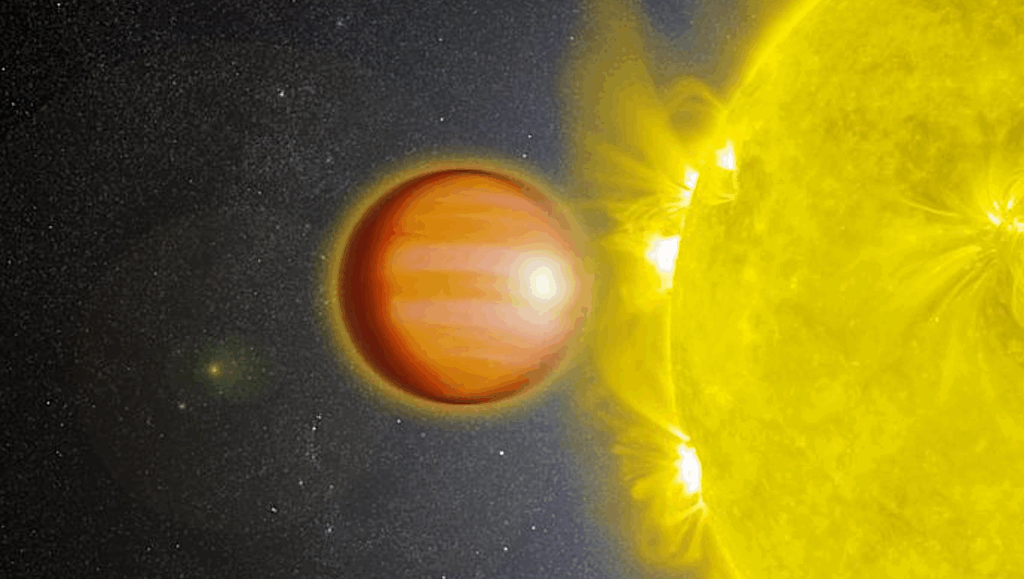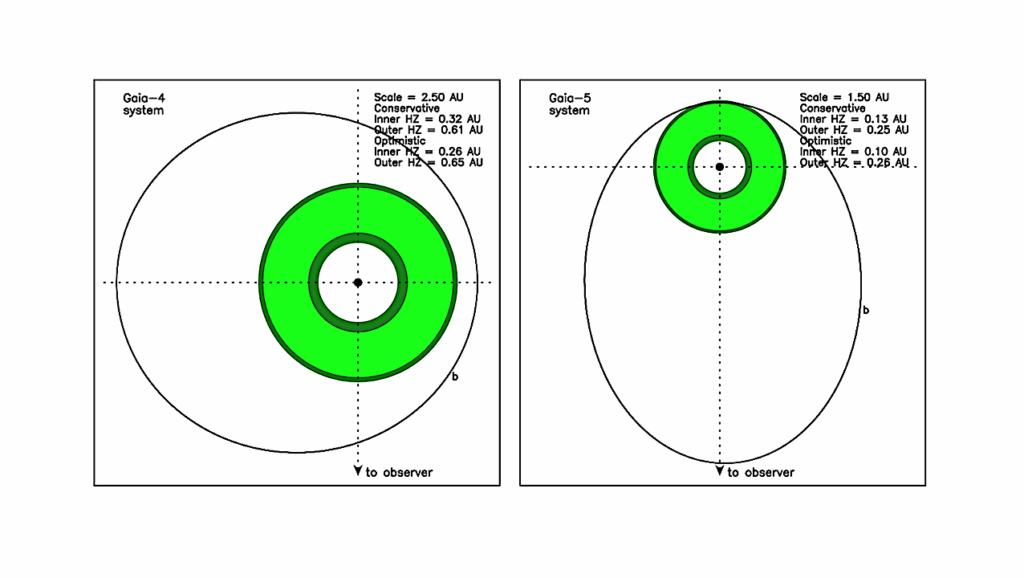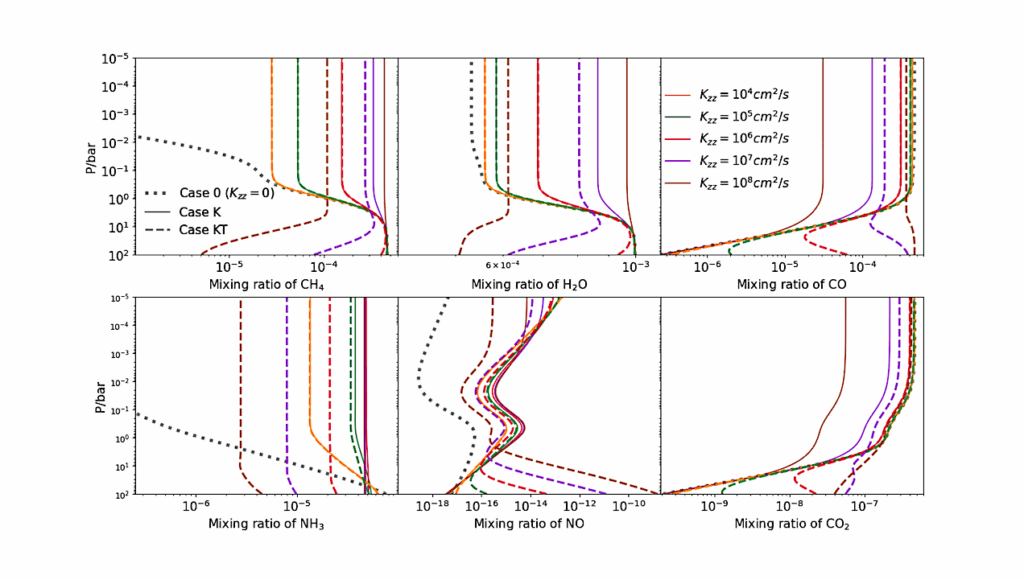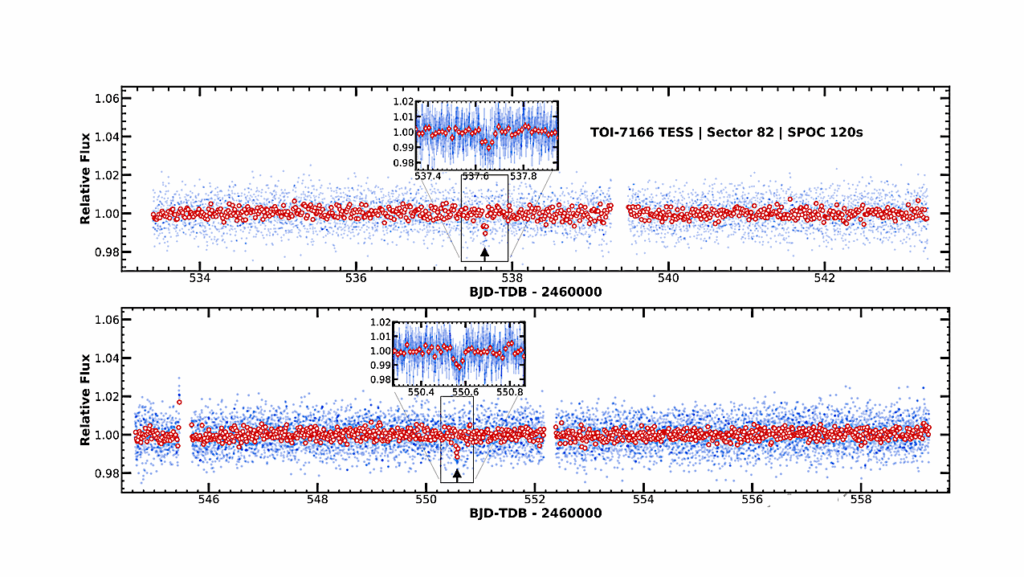The Detection, Formation, and Properties of Subterrestrial Worlds

The Solar System includes two planets — Mercury and Mars — significantly less massive than Earth, and all evidence indicates that planets of similar size orbit many stars. In fact, one of the first exoplanets to be discovered is a lunar-mass planet around a millisecond pulsar.
Novel classes of exoplanets have inspired new ideas about planet formation and evolution, and these “sub-Earths” should be no exception: they include planets with masses between Mars and Venus for which there are no Solar System analogs. Advances in astronomical instrumentation and recent space missions have opened the sub-Earth frontier for exploration: the Kepler mission has discovered dozens of confirmed or candidate sub-Earths transiting their host stars. It can detect Mars-size planets around its smallest stellar targets, as well as exomoons of comparable size.
Although the application of the Doppler method is currently limited by instrument stability, future spectrographs may detect equivalent planets orbiting close to nearby bright stars. Future space-based microlensing missions should be able to probe the sub-Earth population on much wider orbits. A census of sub-Earths will complete the reconnaissance of the exoplanet mass spectrum and test predictions of planet formation models, including whether low-mass M dwarf stars preferentially host the smallest planets.
The properties of sub-Earths may reflect their low gravity, diverse origins, and environment, but they will be elusive: Observations of eclipsing systems by the James Webb Space Telescope may give us our first clues to the properties of these small worlds.
E. Sinukoff, B. Fulton, L. Scuderi, E. Gaidos (Submitted on 28 Aug 2013)
Comments: 32 pages, 7 figures, accepted for publication in Space Science Reviews
Subjects: Earth and Planetary Astrophysics (astro-ph.EP)
MSC classes: 85-02
Cite as: arXiv:1308.6308 [astro-ph.EP]
(or arXiv:1308.6308v1 [astro-ph.EP] for this version) Submission history From: Evan Sinukoff [v1] Wed, 28 Aug 2013 20:49:11 GMT (10060kb,D)








